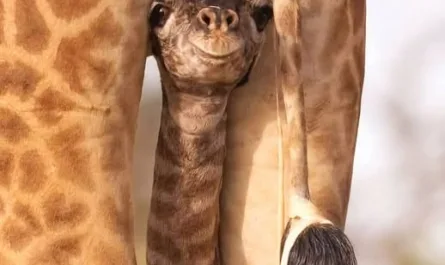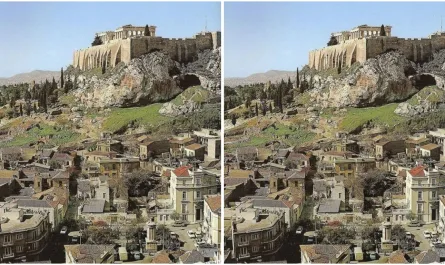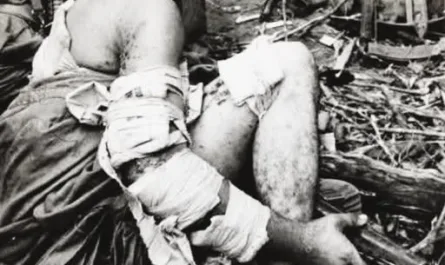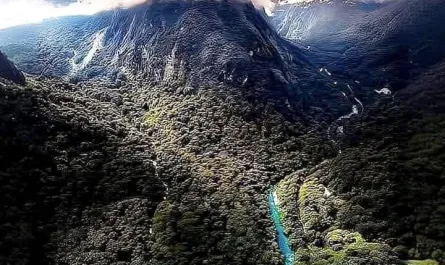The Odinov Culture’s Shamanic Burials: Unveiling Bronze Age Siberia’s Ritual World
In the heart of Western Siberia, near the Ust-Tartas archaeological site in the Novosibirsk region, a remarkable 3,600–3,800-year-old burial site of the Odinov culture offers a window into the spiritual and cultural practices of Bronze Age hunters. Discovered in 2018, these graves, dating to the 18th–16th centuries BCE, contain unique artifacts—bird beak costumes and bronze “spectacles”—that suggest the presence of shamans, illuminating the Odinov people’s beliefs and rituals in a landscape of rivers, forests, and grasslands. This article explores these findings and their significance as of 2025.
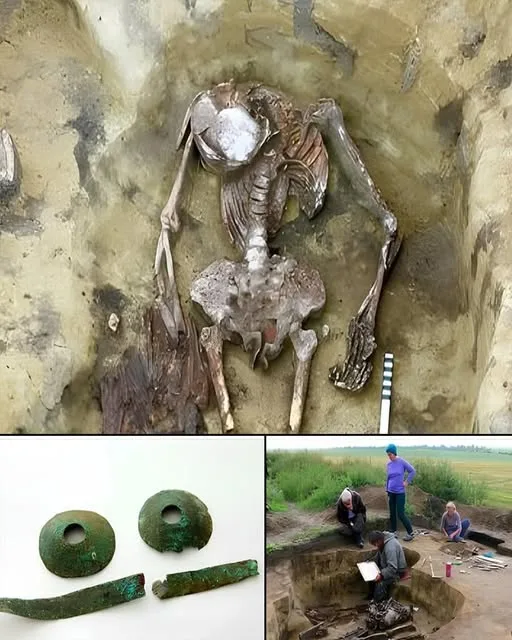
The Odinov Culture: A Bronze Age Snapshot
The Odinov culture, named after the Odino settlement in the lower Ishim River basin, was an early Bronze Age society of foot hunters and early pastoralists that thrived around 2900–1900 BCE. Inhabiting a forest-steppe environment, their settlements were strategically located along river and creek terraces, with dwellings likely consisting of semi-subterranean dugouts. The culture emerged from Eneolithic forest-steppe traditions and is linked to the Seima-Turbino phenomenon, known for its advanced bronze metallurgy. Osteological evidence from Odinov sites shows a reliance on domesticated animals, marking a shift toward animal husbandry.
The “Birdman” Burial: A Shaman’s Ritual Costume
One of the most striking discoveries at Ust-Tartas is the grave of an individual dubbed the “Birdman,” likely a shaman, buried with a distinctive costume made of 30–50 bird beaks, possibly from herons or cranes. These beaks were meticulously arranged around the back of the skull and neck, forming what researchers describe as a “collar” or headdress. Lilia Kobeleva from the Novosibirsk Institute of Archaeology and Ethnography suggests this arrangement may have served a protective function during life or been part of a ritual costume, symbolizing spiritual power or connection to the natural world. The absence of mounting holes in the beaks leaves the method of attachment unclear, adding to the mystery. Ornithological analysis is ongoing to confirm the bird species, but their size points to large wading birds like herons or cranes.
The use of bird symbolism in Bronze Age rituals is not unique to the Odinov culture. Across cultures, birds often served as spiritual messengers, believed to navigate between earthly and supernatural realms. In the Carpathian Basin, for example, bird-shaped clay rattles and vessels from the Middle Bronze Age suggest similar beliefs, potentially linked to shamanic practices. The Odinov Birdman’s costume may reflect a worldview where birds, particularly waterfowl like herons or cranes, held sacred significance, possibly as conduits to the afterlife or spirit world.
The Double-Layered Grave: Bronze Spectacles and Ritual Pendants
Nearby, archaeologists uncovered a double-layered grave containing the remains of two children, aged approximately 5 and 10, buried above an adult male, separated by a wooden overlay. The adult’s grave held a trove of artifacts, including five polished crescent-shaped stone pendants placed near his left arm and waist, likely used in rituals. The most intriguing find was a pair of bronze “spectacles” next to his skull—two bronze hemispheres connected by a bronze bridge, with traces of organic material inside. Researchers propose this could have been part of a burial mask or headdress, possibly used in shamanic rituals to “see” into the spirit world. The organic traces suggest the item was worn during life or crafted specifically for burial.
Kobeleva and her team believe both individuals—the Birdman and the adult male—held special roles, likely as priests or shamans, given the uniqueness of their grave goods. Over 30 burials have been excavated at Ust-Tartas, but these two stand out for their elaborate artifacts, suggesting elevated status within Odinov society.
Cultural and Ritual Significance
These burials offer profound insights into the Odinov culture’s spiritual practices. The bird beak collar and bronze spectacles point to a complex belief system where shamans acted as intermediaries between the human and spiritual realms. The bird imagery aligns with broader Bronze Age traditions, where waterfowl were often associated with cosmological roles, such as guiding souls to the afterlife. The crescent-shaped pendants and bronze artifacts further suggest rituals tied to spiritual protection or transformation, possibly linked to the Seima-Turbino metallurgical tradition, which influenced bronze production across Siberia.
The Odinov people’s environment—rivers, forests, and grasslands—likely shaped their rituals. Herons and cranes, common in wetland-rich regions like the Ishim River basin, may have been revered for their grace and connection to water, a sacred element in many ancient cosmologies. The presence of children in the double-layered grave raises questions about their role—were they apprentices, family members, or part of a sacrificial ritual? While speculative, such practices are not uncommon in Bronze Age burials, where paired interments sometimes indicate social or ritual significance.
Preservation and Ongoing Research
The Ust-Tartas artifacts, including the bird beaks and bronze spectacles, are under study at the Novosibirsk Institute of Archaeology and Ethnography. The delicate nature of the organic traces and the need for ornithological analysis have slowed progress, with researchers taking months to carefully separate and examine the beaks. Laser scanning and digital mapping, techniques also used at sites like the Mastaura amphitheater in Turkey, could enhance future studies by creating 3D models of the burial layouts without disturbing the artifacts.
The site’s location in a forest-steppe environment has aided preservation by limiting exposure to modern development, but challenges remain. Erosion, climate change, and limited funding for Siberian archaeology could threaten further discoveries. The Odinov culture’s relative isolation, as an “island” in the forest-steppe, makes each find critical to understanding their way of life.
Significance and Modern Relevance
These findings challenge assumptions about the simplicity of early Bronze Age societies. The Odinov culture’s use of advanced bronze work and elaborate ritual attire suggests a sophisticated social structure and spiritual worldview. The “Birdman” and “spectacles” burials highlight the role of shamans in mediating between worlds, a practice echoed in later Siberian cultures like the Glazkov and modern indigenous groups such as the Evenks or Yukagirs.
Posts on X reflect ongoing fascination with these discoveries, with users marveling at the “proto-shamanic” artistry and comparing the bird beak costume to modern cinematic depictions of ancient rituals. The finds also resonate with global interest in prehistoric spirituality, as seen in discussions of bird symbolism in Finnish rock art or North American tribal
